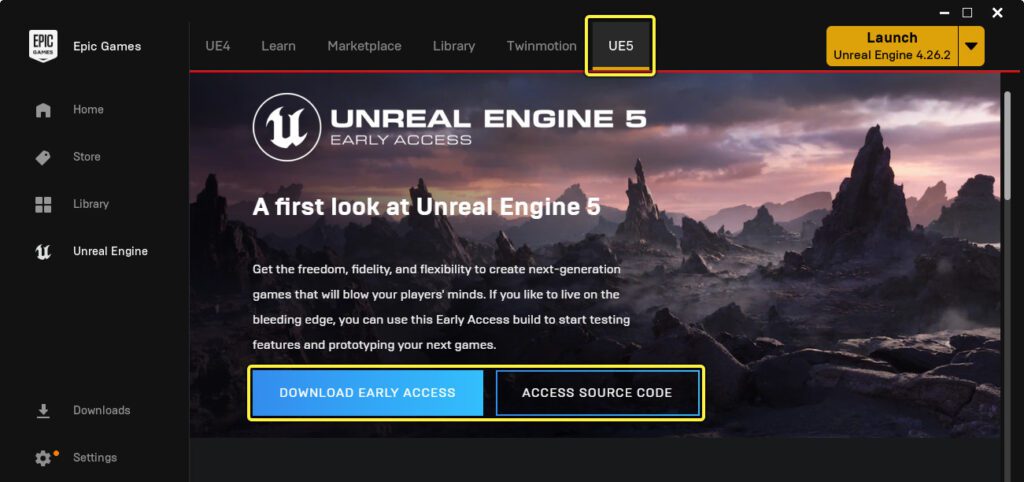Unreal Engine 4 is a popular game development software platform used by developers to create games for PC, PlayStation, Xbox, and mobile devices. The software provides many features, including Blueprint Visual Scripting, high-quality graphics, physically-based rendering, animation, and a physics simulation system, which make it a desirable choice for game developers. The workflow for creating games in Unreal Engine 4 involves planning, asset creation, level design, programming, testing, optimization, and release. By following this process, game developers can create immersive games that provide a memorable experience for players.
Building Games with Unreal Engine 4: An Introduction to its Features and Workflow
Introduction
Unreal Engine 4 is a powerful software platform that is used to create games for various platforms such as PC, PlayStation, Xbox, and mobile devices. Developed by Epic Games, Unreal Engine 4 is widely used in the gaming industry due to its flexibility, scalability, and user-friendly tools. This article will provide an introduction to the various features of Unreal Engine 4 and the workflow that is followed to create games using this platform.
Features
Unreal Engine 4 provides a wide range of features that make it a popular choice for game developers. Some of these features include:
- Blueprint Visual Scripting: This tool allows developers to create game mechanics and logic without having to write code, which makes it easier for artists and designers to work on the game.
- High-Quality Graphics: Unreal Engine 4 is known for its high-quality graphics, which includes features such as real-time global illumination, dynamic weather, and particle effects.
- Physically-Based Rendering: This feature allows for more realistic lighting and shading in the game, which makes textures and materials look more natural.
- Animation: Unreal Engine 4 provides a powerful animation toolset that allows developers to create complex animations and control character movements.
- Physics: Unreal Engine 4 has a robust physics simulation system that can be used to create realistic interactions between objects in the game.
Workflow
The workflow for creating games using Unreal Engine 4 follows a specific process, which includes the following steps:
- Planning: This stage involves defining the game concept, the game mechanics, and the target audience. This stage also involves creating a development plan that outlines the scope of the project, the timeline, and the budget.
- Asset Creation: This stage involves creating the assets for the game, such as 3D models, animations, textures, and sound effects. These assets can be created using third-party software such as 3DS Max, Maya, or Blender.
- Level Design: This stage involves designing the game levels, which includes placing objects, creating paths, and implementing gameplay mechanics. Unreal Engine 4 provides a powerful level editor that allows for the creation of complex levels with ease.
- Programming: This stage involves writing the code for the game mechanics and logic. This can be done using C++ or Blueprint Visual Scripting.
- Testing: This stage involves playtesting the game to identify bugs and gameplay issues. Any bugs or issues that are identified are fixed during this stage.
- Optimization: This stage involves optimizing the game for performance by reducing the use of resources and improving the frame rate.
- Release: This stage involves preparing the game for release by creating marketing materials, distributing the game through various platforms, and providing support to users.
Conclusion
Unreal Engine 4 is a powerful software platform that provides game developers with a range of features that make it easier to create high-quality games for various platforms. The workflow for creating games using Unreal Engine 4 follows a specific process that involves planning, asset creation, level design, programming, testing, optimization, and release. By following this process, game developers can create engaging and immersive games that provide a memorable experience for players.
